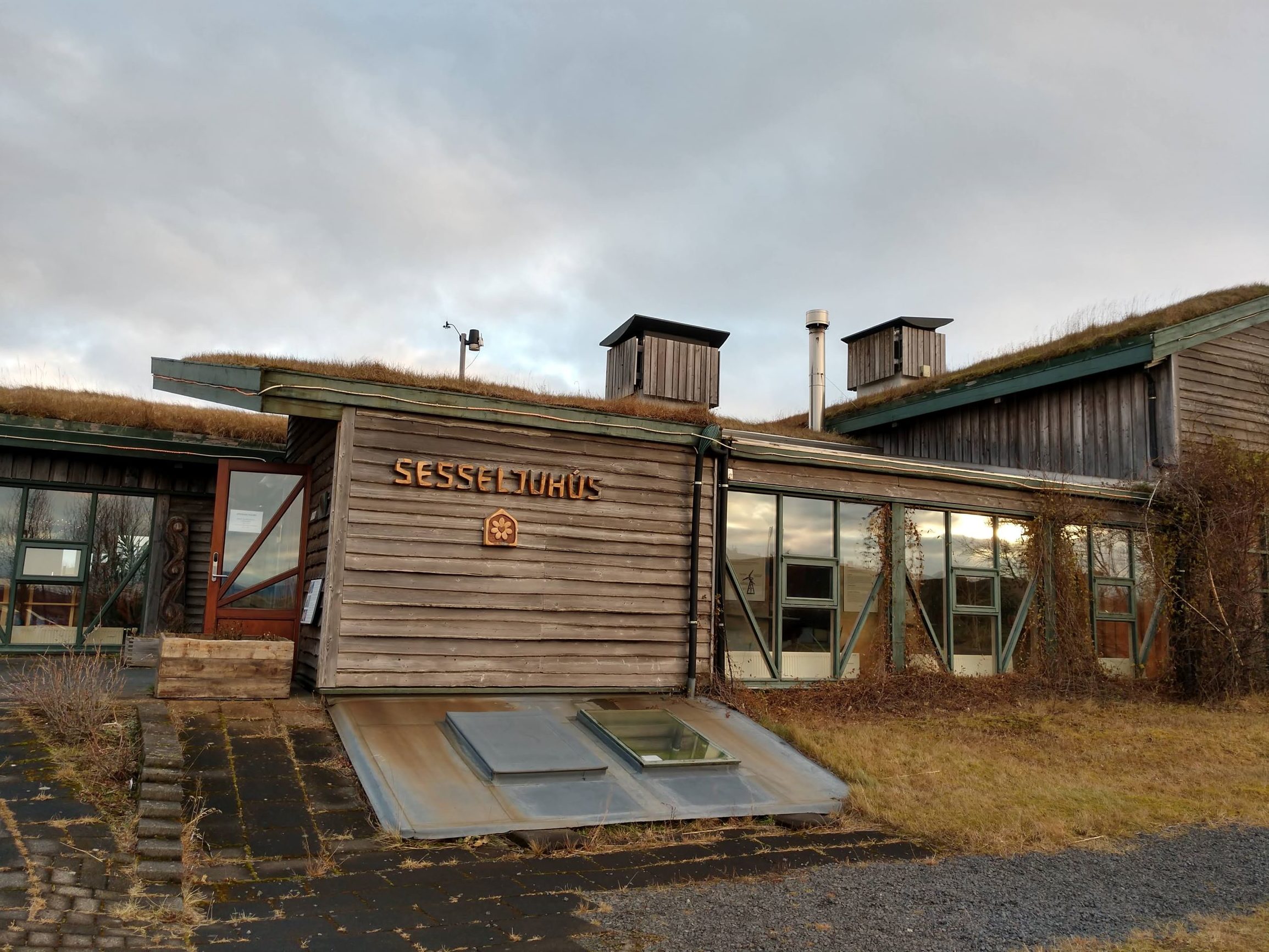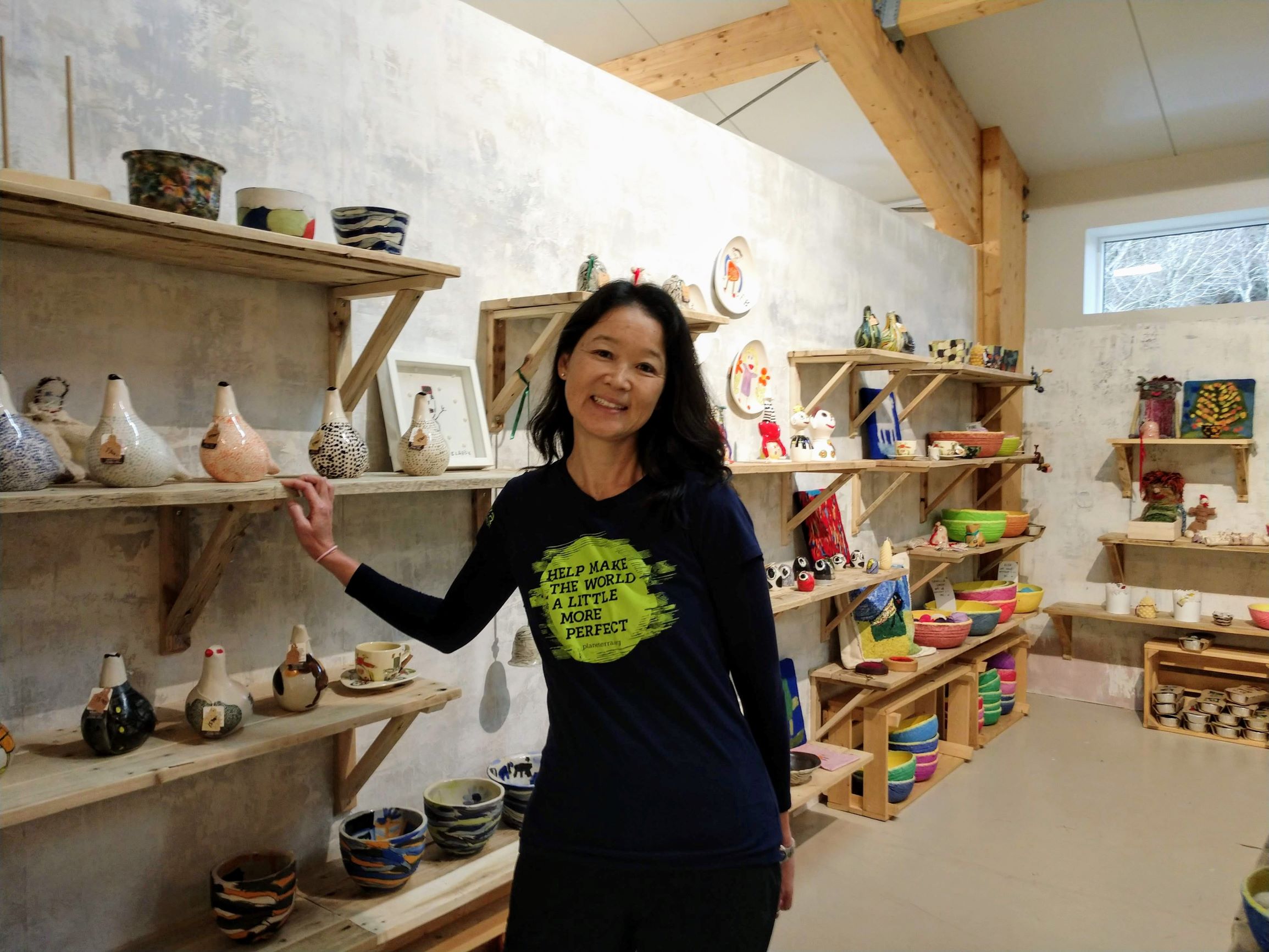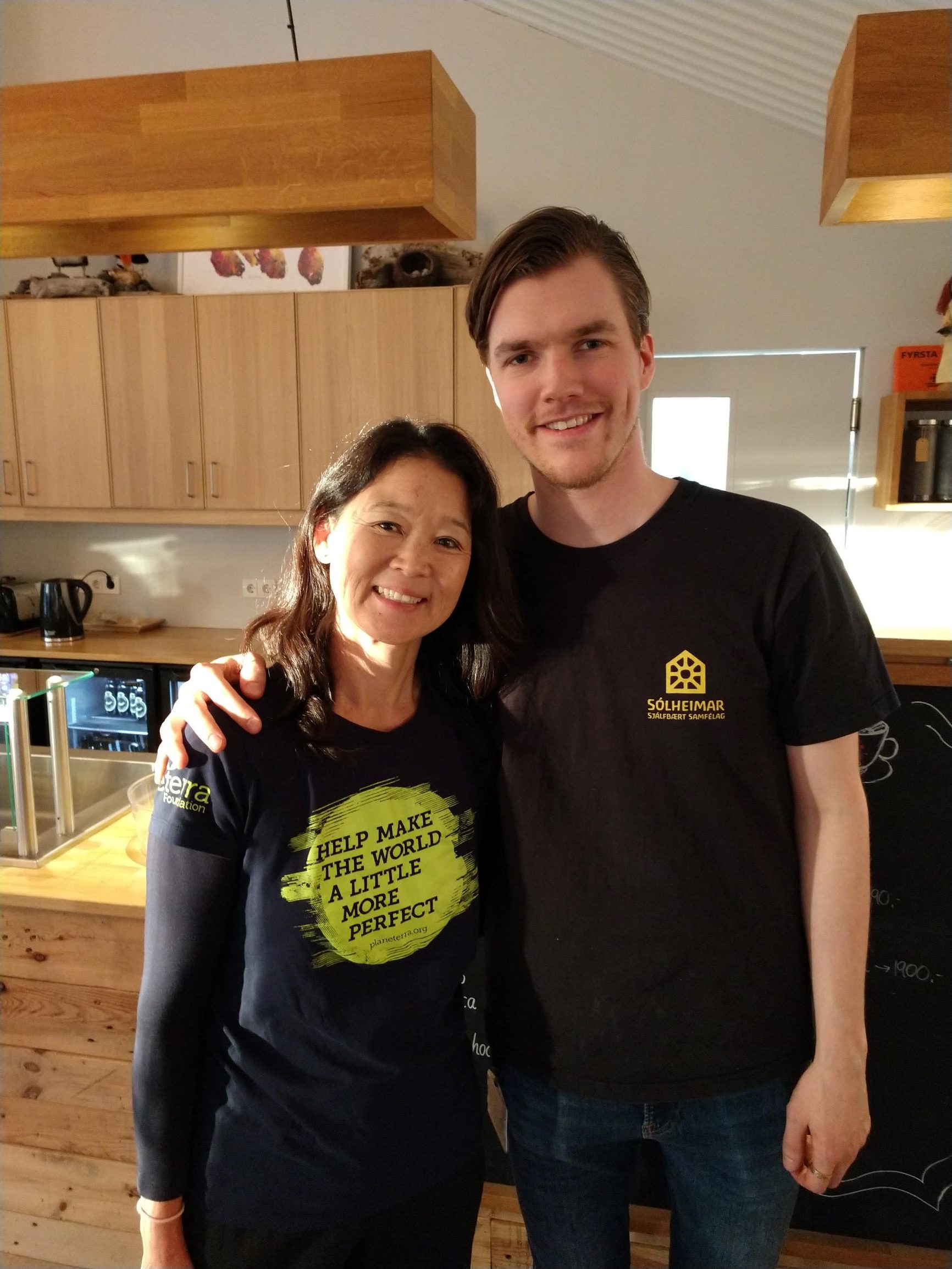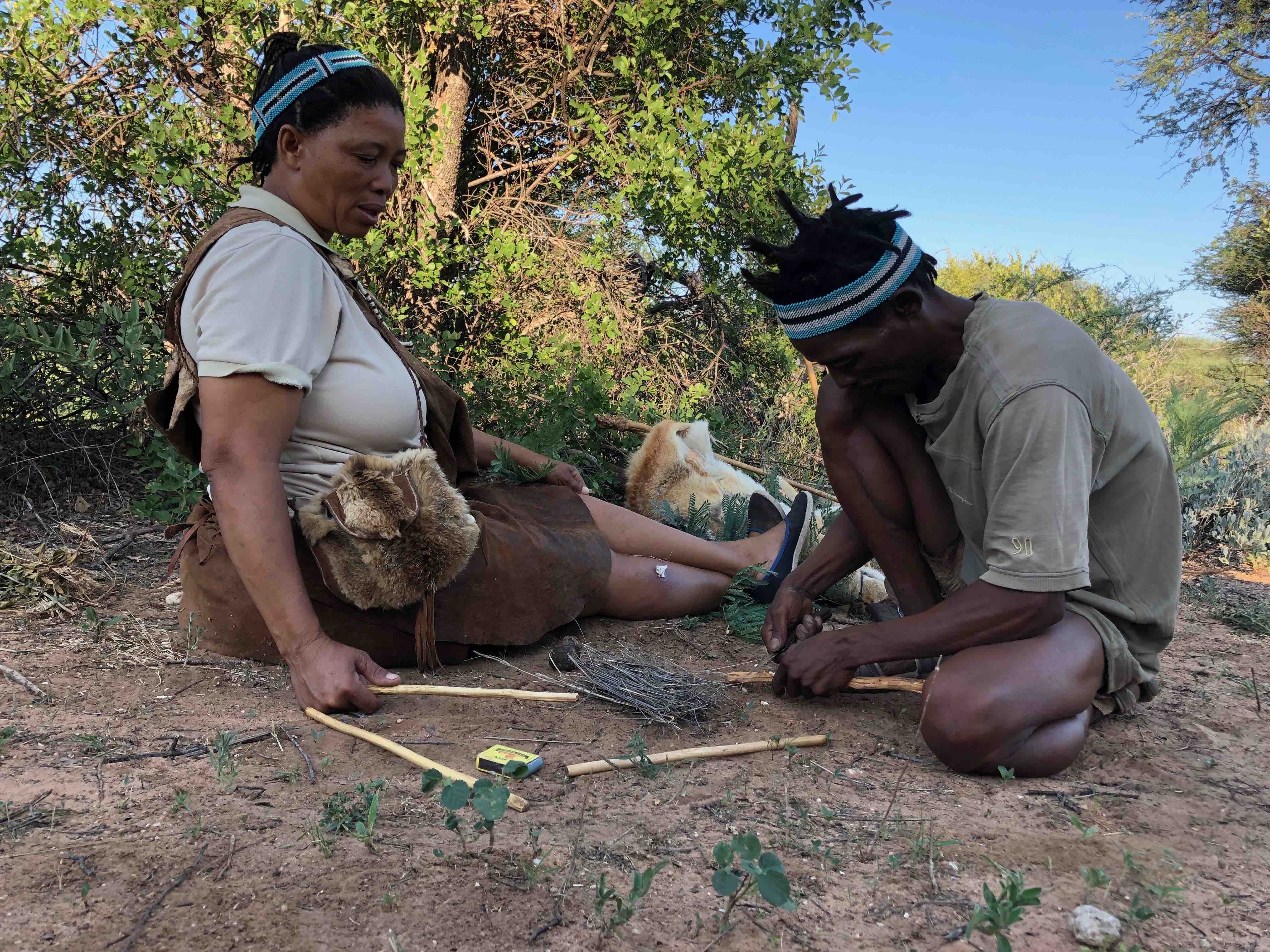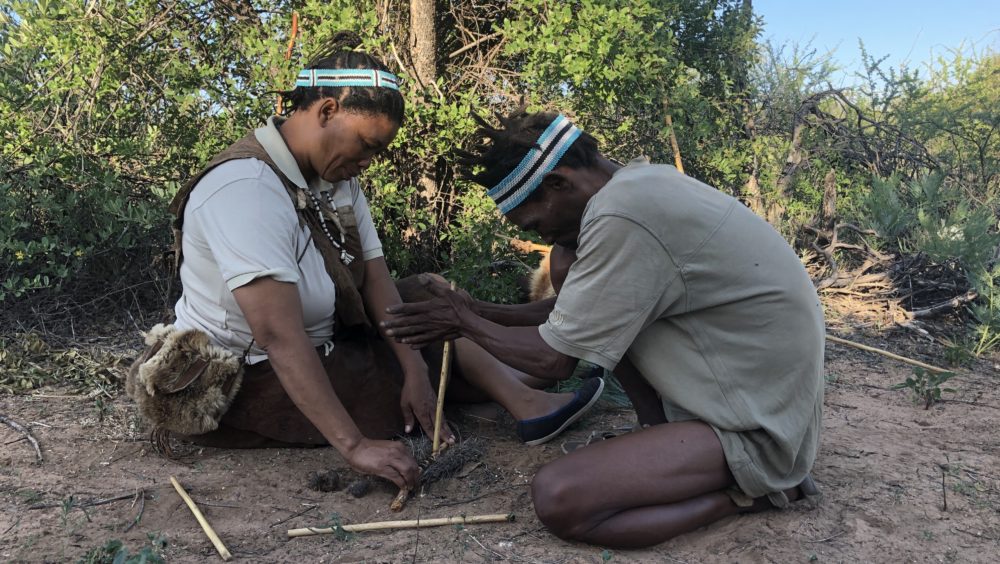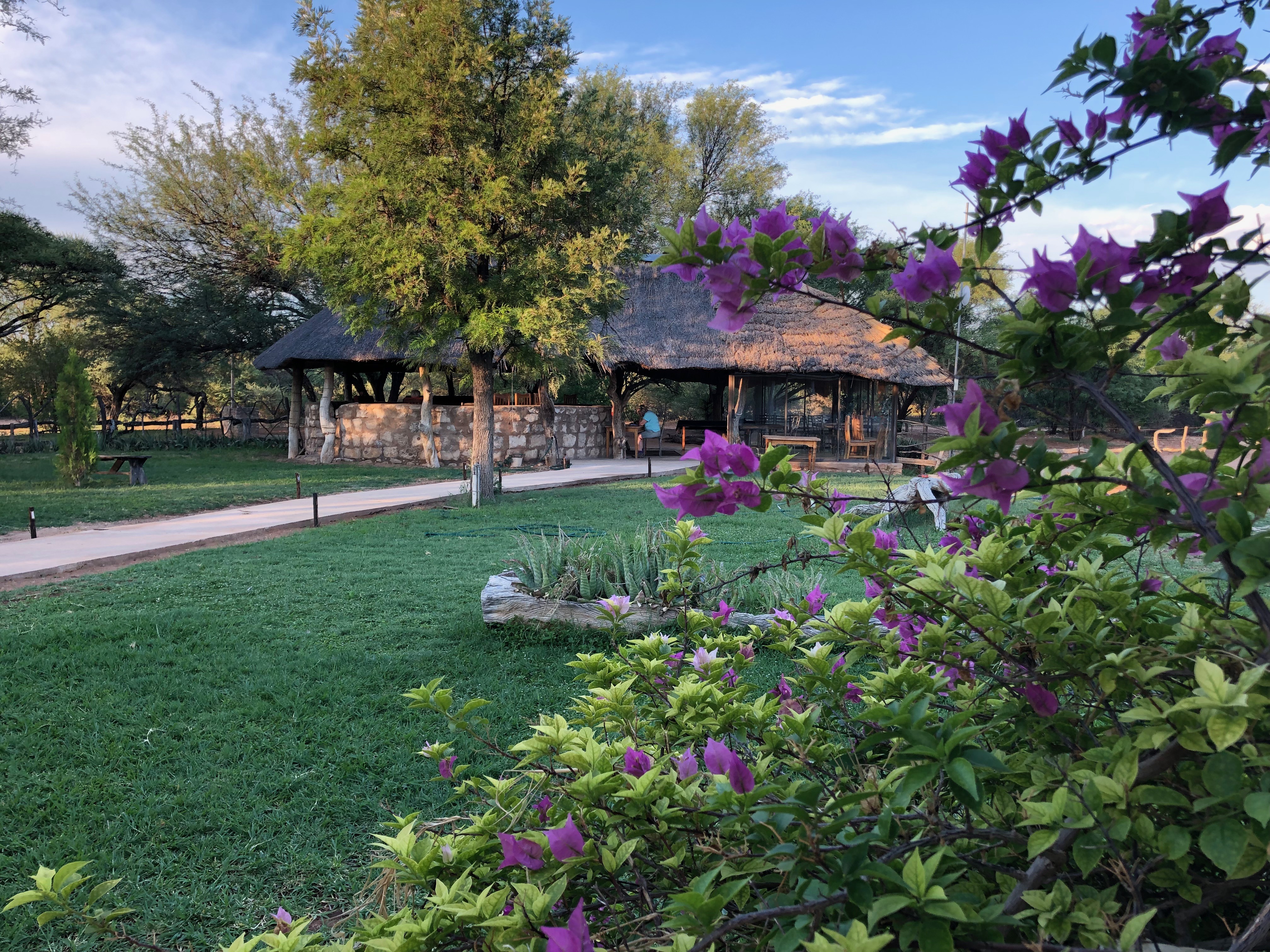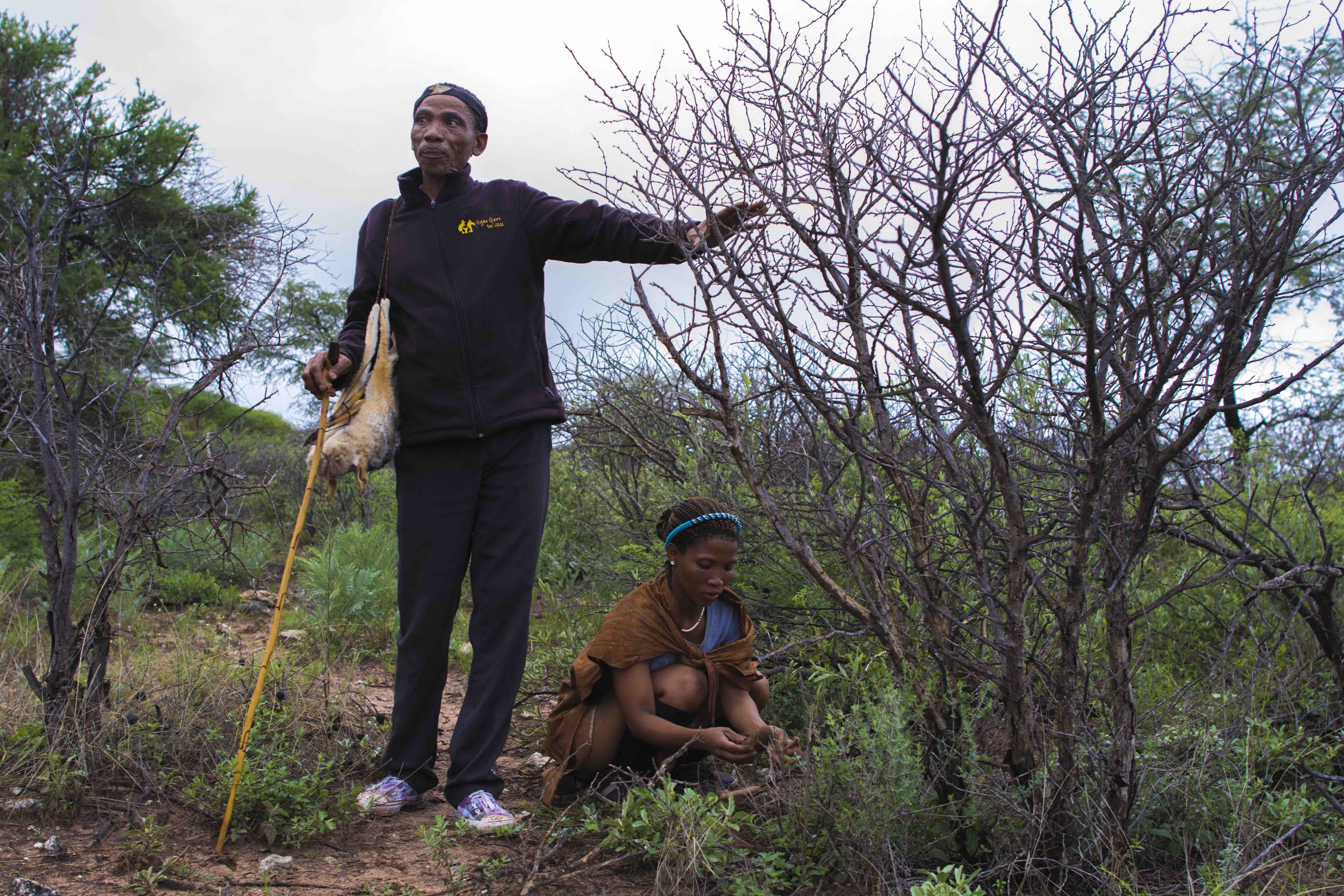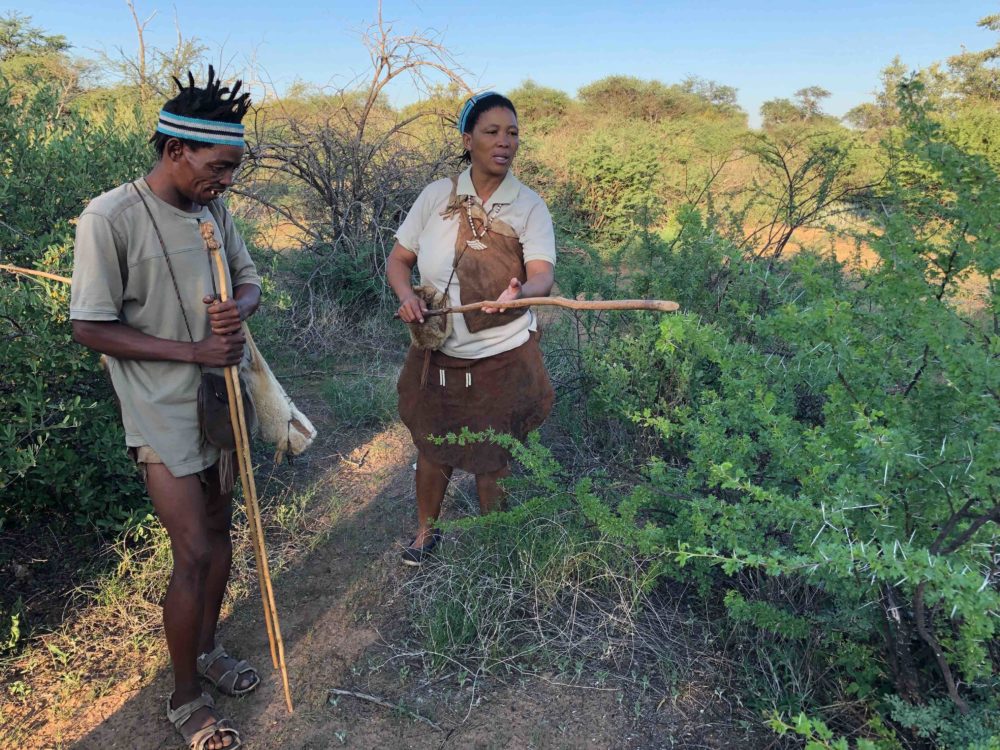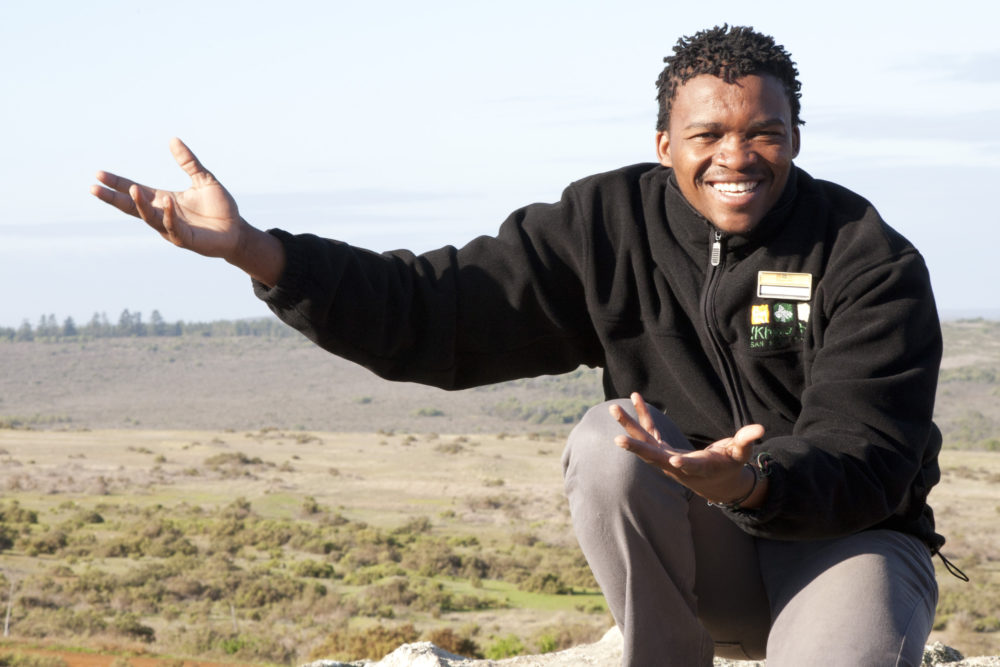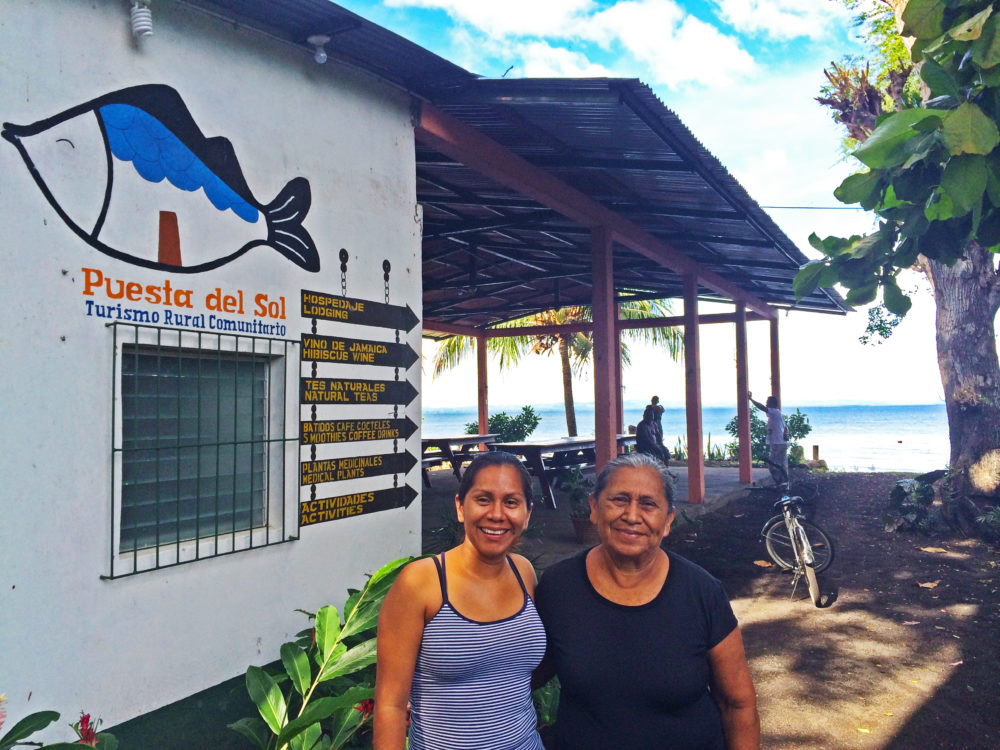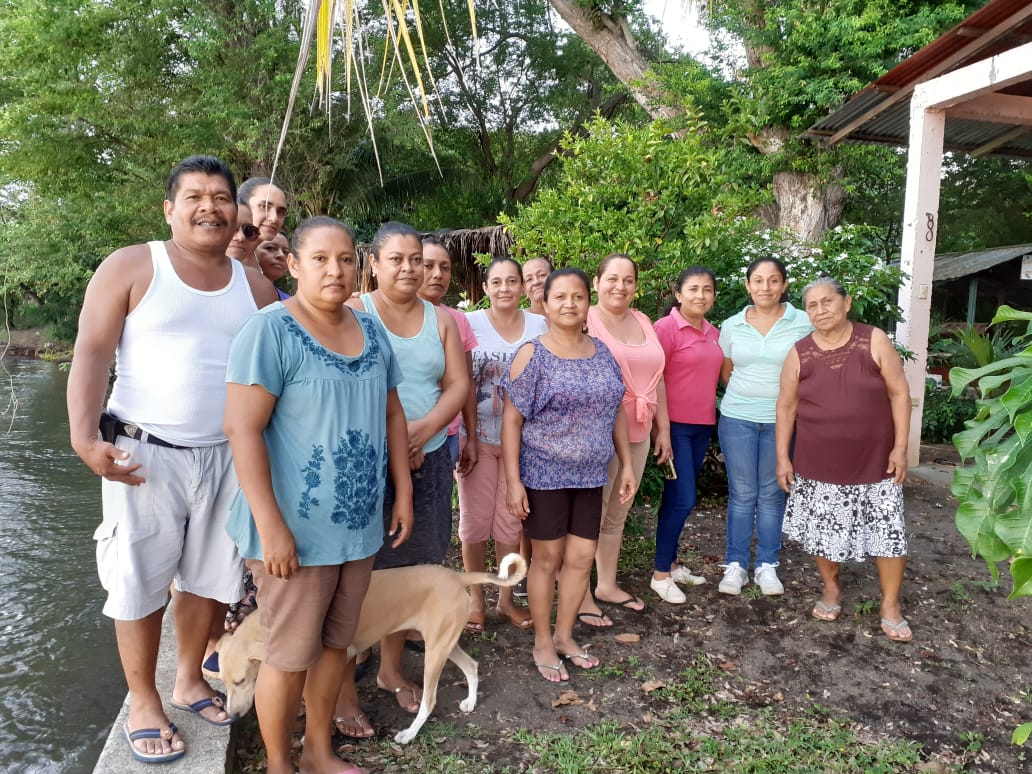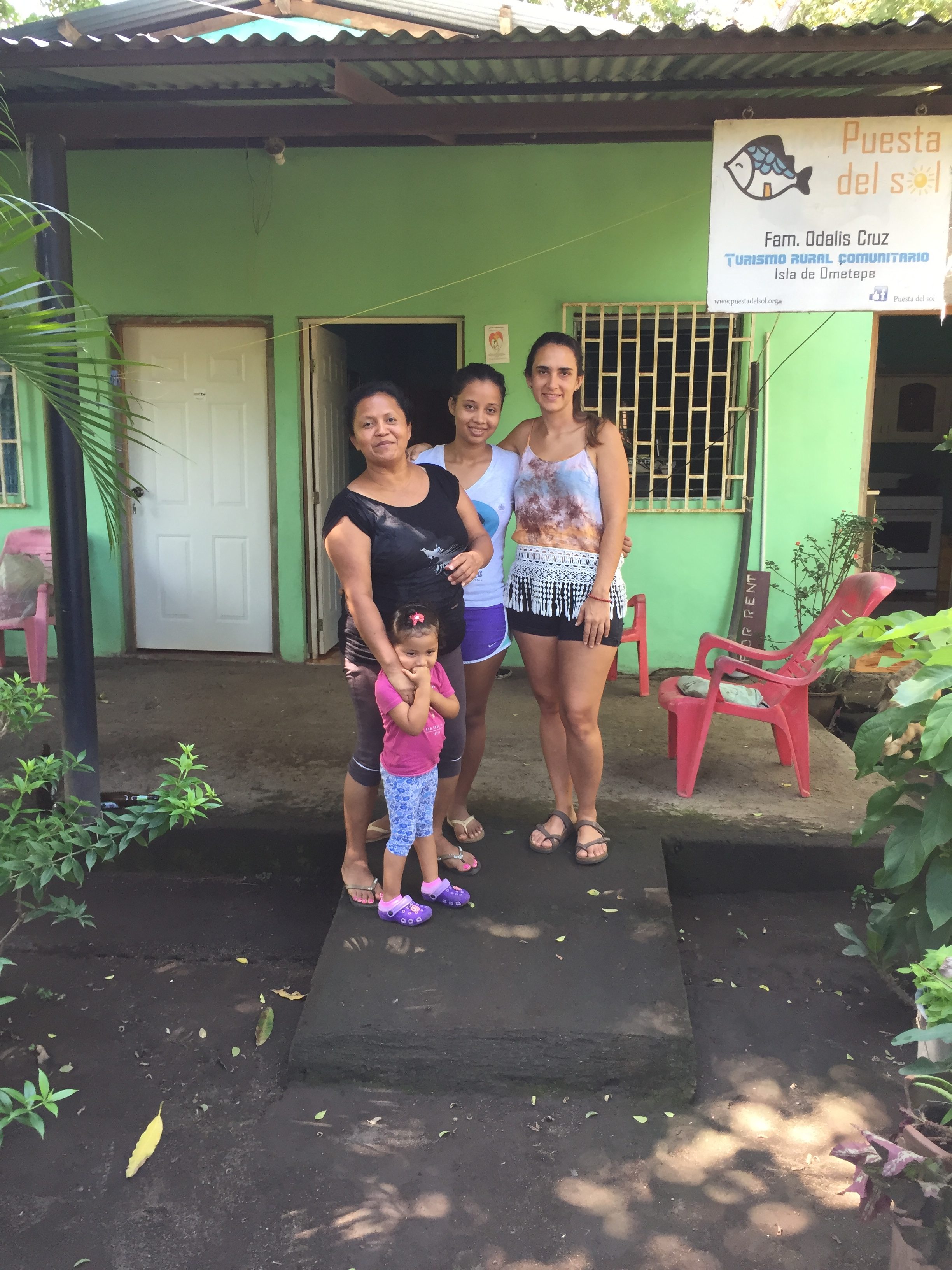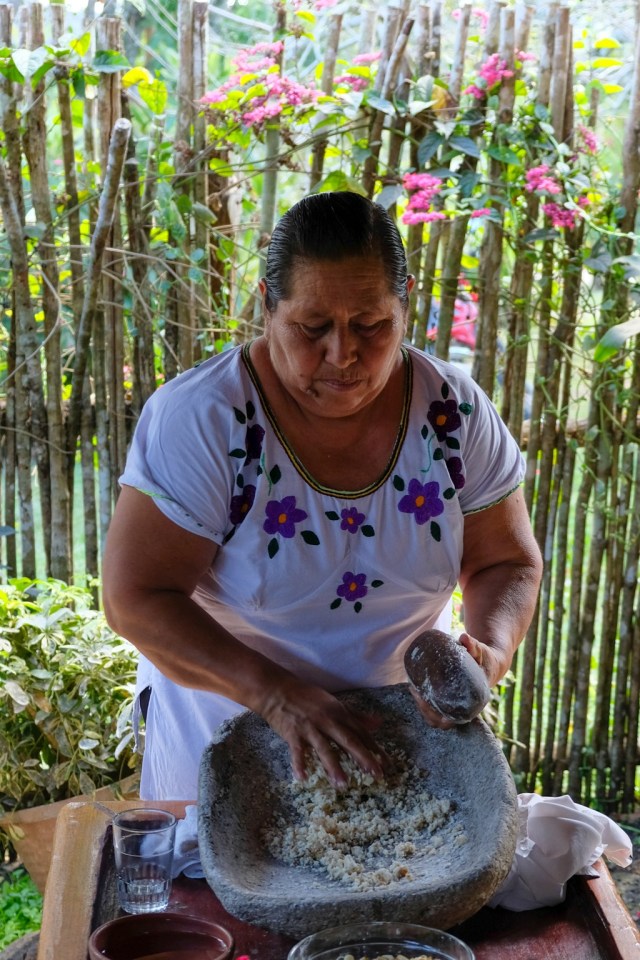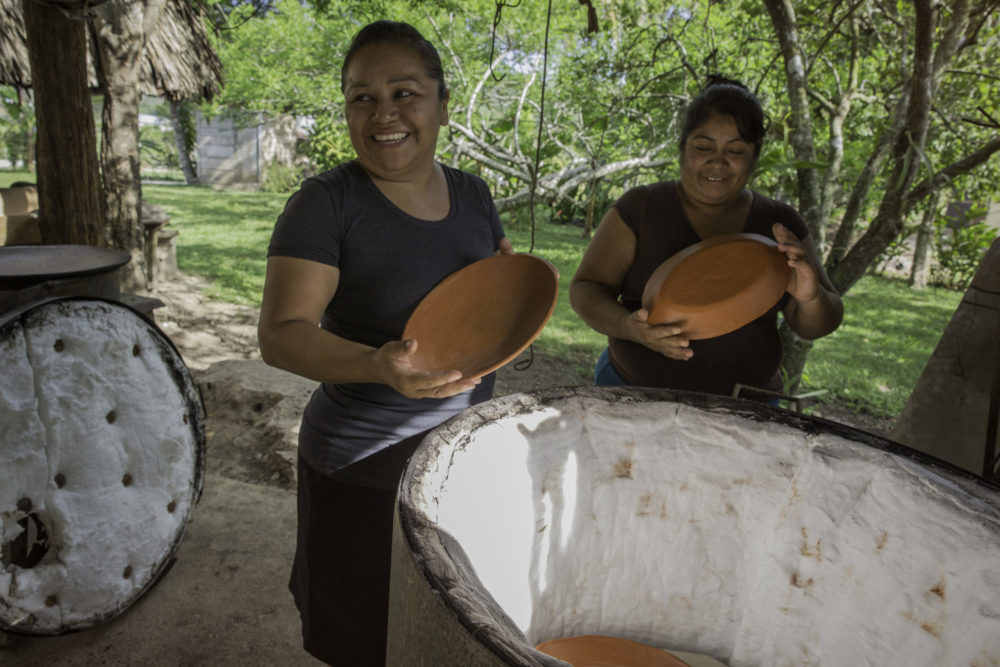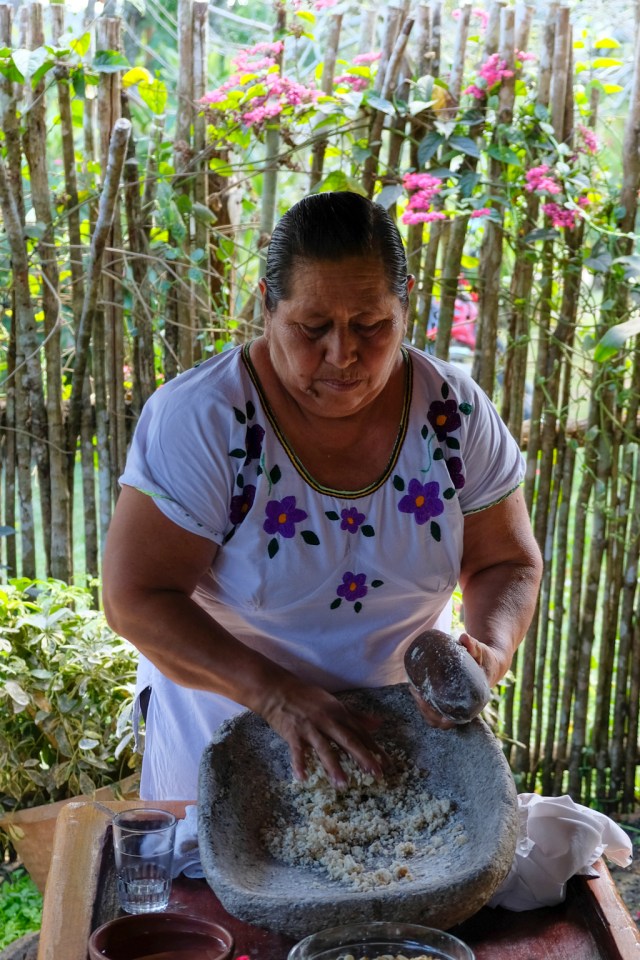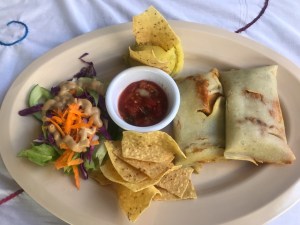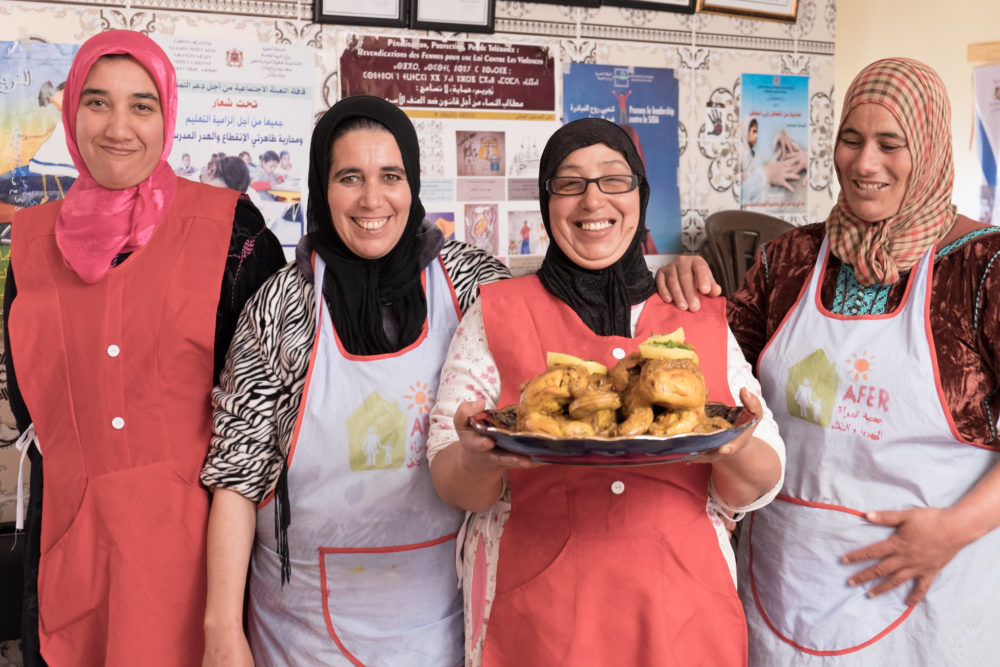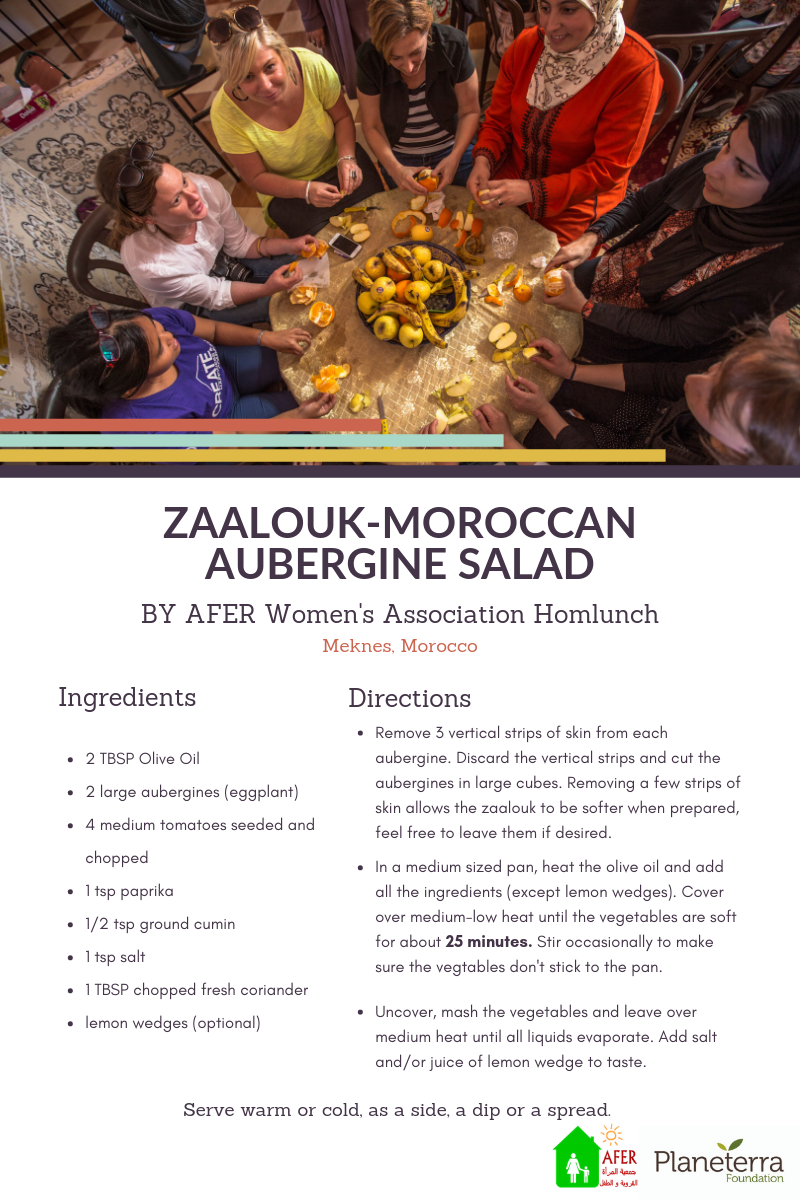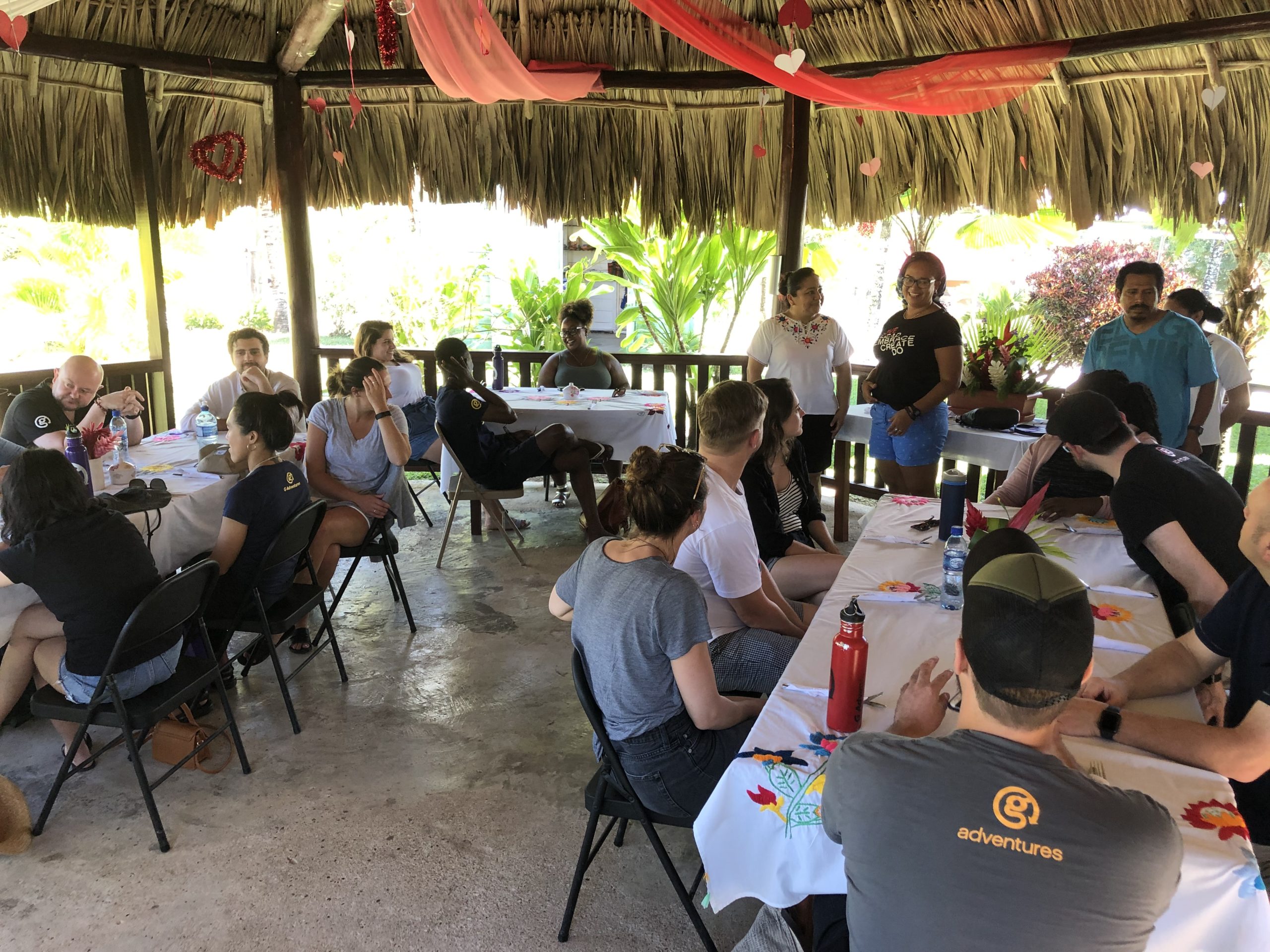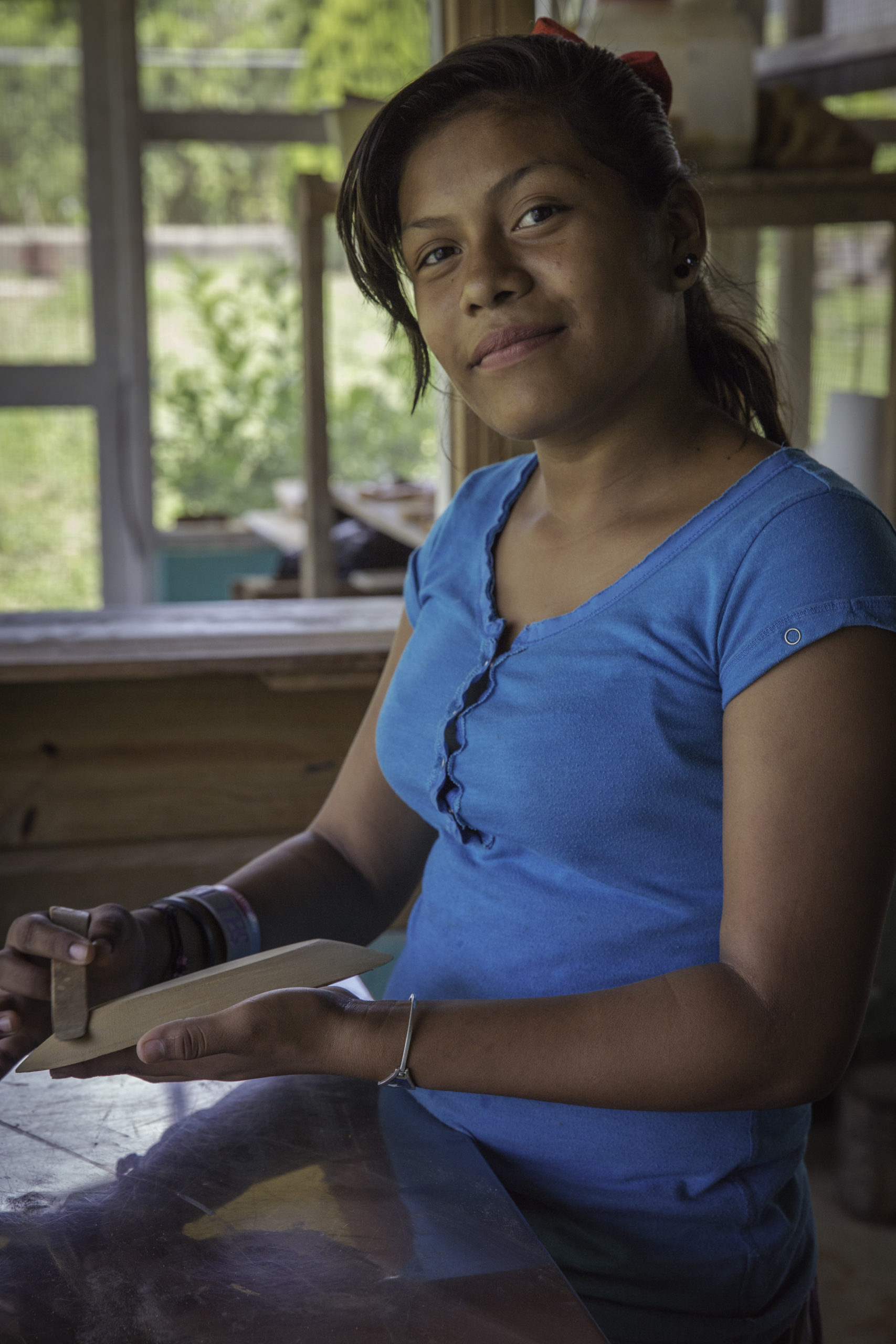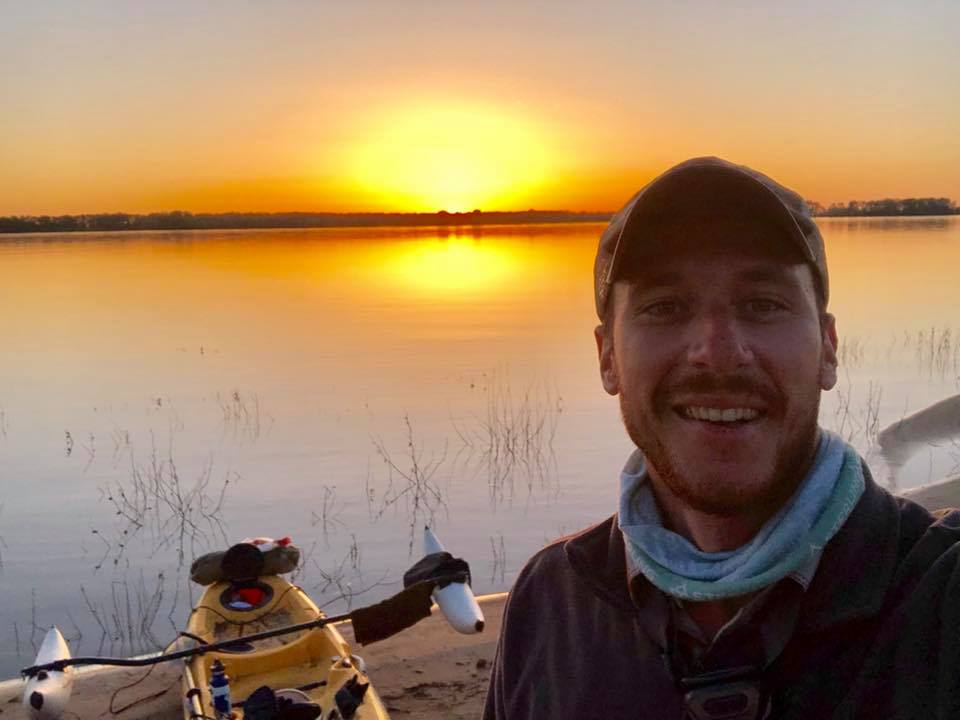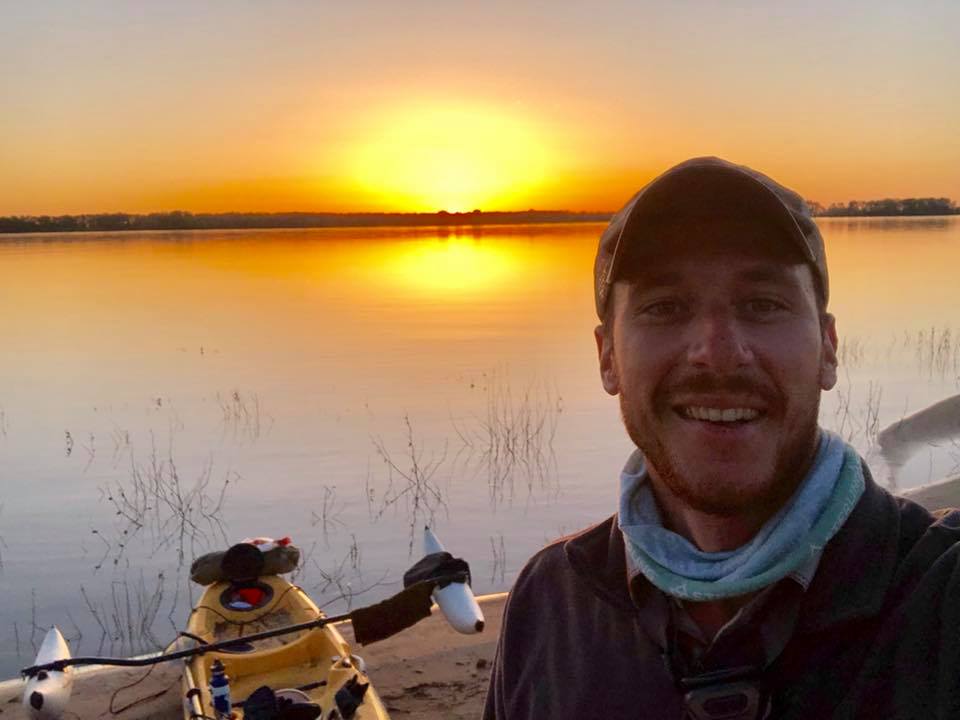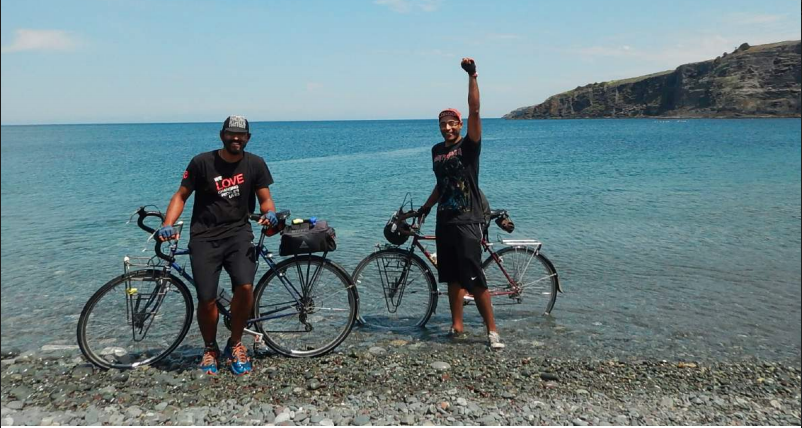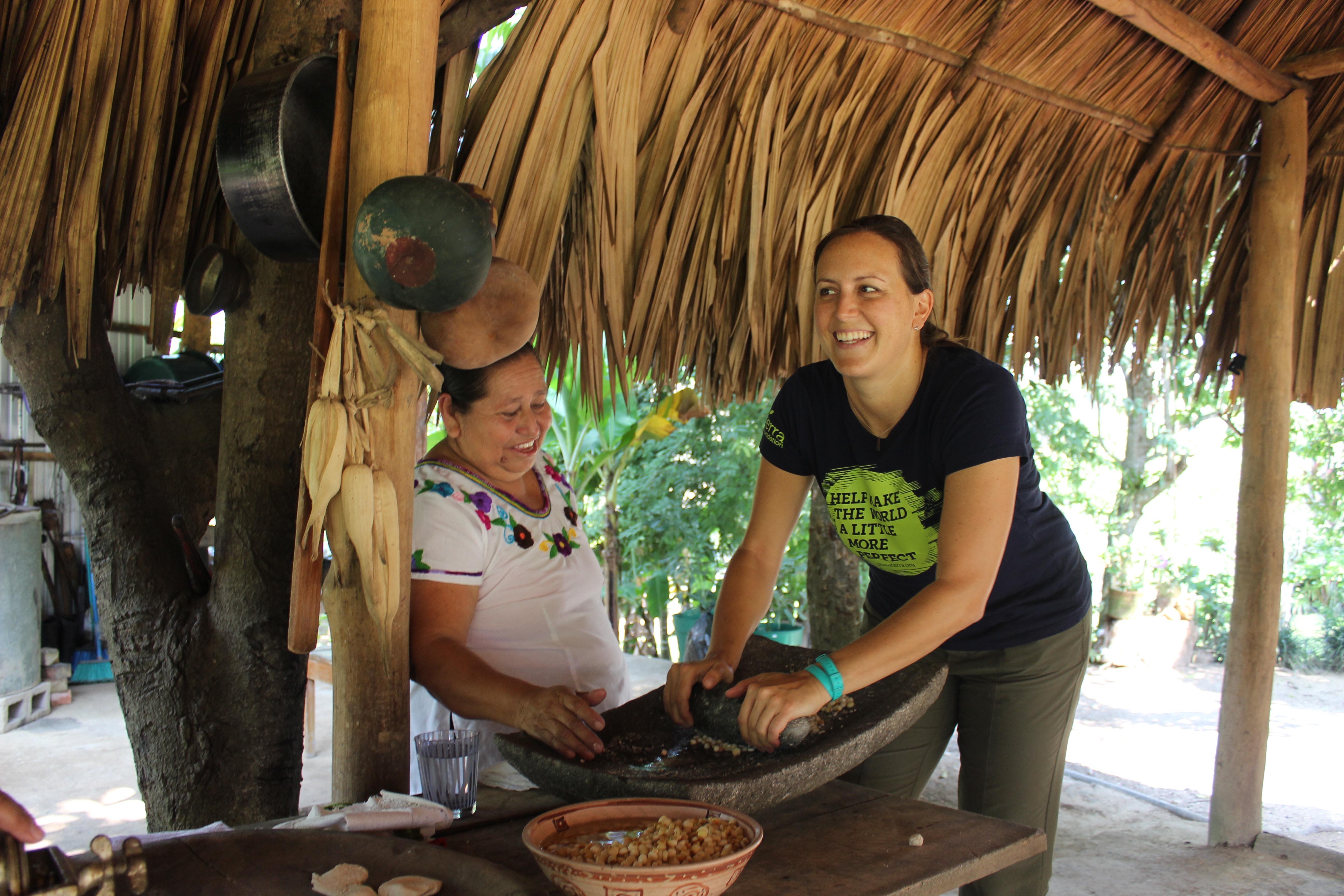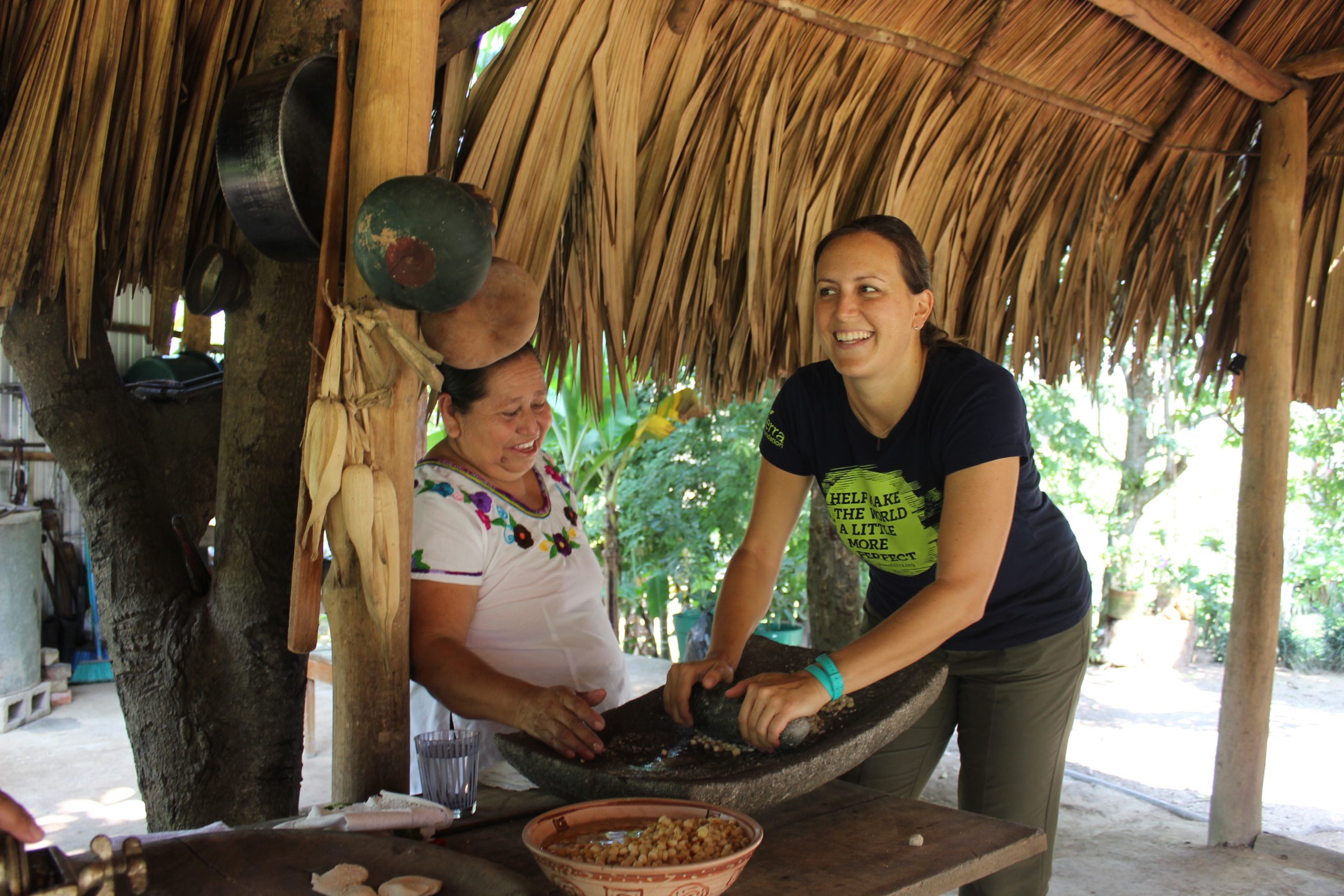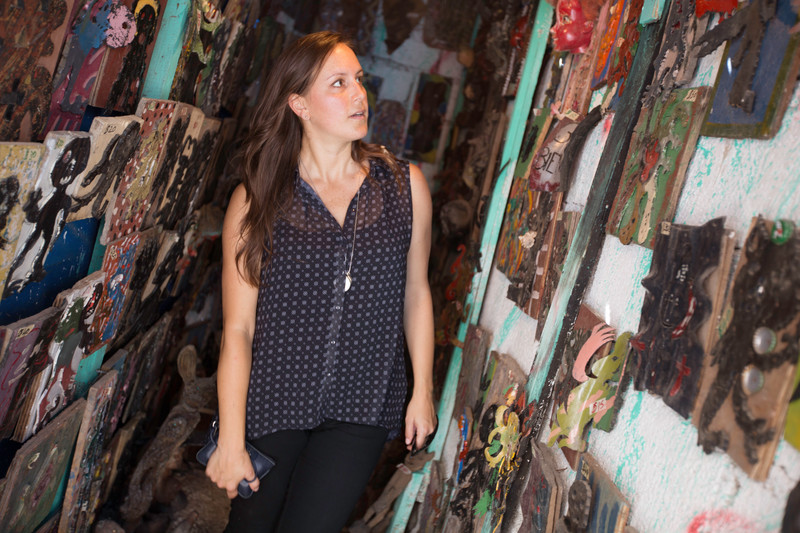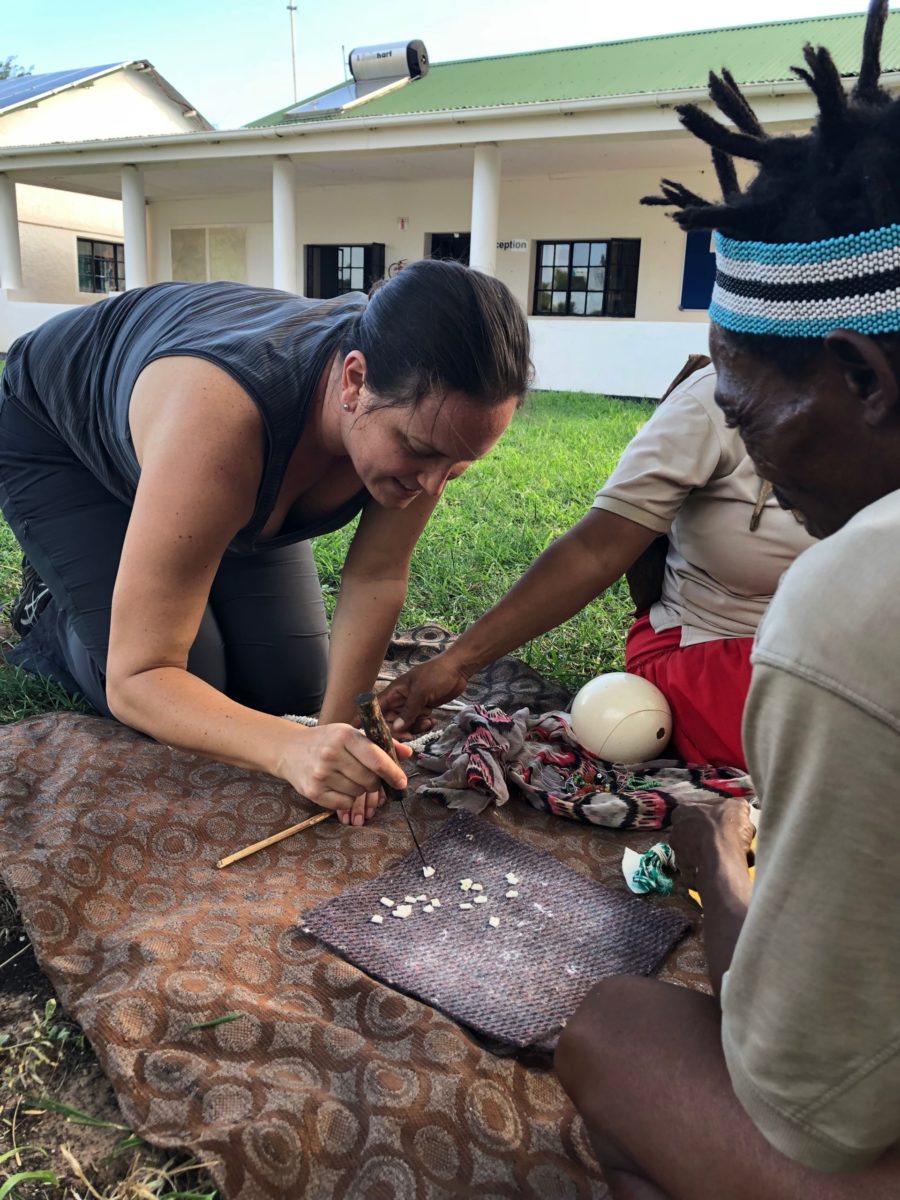I woke up to the singsong sound of birds as the sun burst through the drapes, casting a zigzag of light across my room. After two carefree days at the Black Orchid Resort near the tiny village of Burrell Boom in Belize, I’d finally been brought back to life with a newfound energy that had long disappeared. I jumped out of bed, excited for the day ahead as we were heading to San Ignacio, the heart and soul of the Cayo District in Western Belize where we’d be swallowed into a world of thick, lush jungle, mysterious caves and extraordinary Maya ruins. But first, we were making a stop in the village of San Antonio, home of the largest Maya community in all of Belize. In San Antonio, we would learn about an exciting initiative helping to empower local Maya women called the San Antonio Women’s Cooperative supported by our tour company G Adventures and their nonprofit partner Planeterra.
As our group gathered into the van, I sat up front next to the driver so I could learn more about the four different ethnic groups in Belize. Our driver Carlos was Mestizo(a mix of Spanish and Indigenous decent) which is the largest ethnic group in Belize making up approximately 34% of the population. After Mestizo, the next largest group is Creole followed by Maya and Garifuna. The Creole and Garifuna population both are descendants of African Slaves whereas the Maya population is centered within the tropical lowlands of Central America. Over time, the Maya spread out into parts of Mexico, Guatemala, Honduras, El Salvador and Belize. The Maya make up about 11% of the population in Belize and there are three different linguistic groups: The Yucatec Maya who came from Mexico and live in the north, the Mopan Maya who live in the Southern Toledo district, and the Kekchi Maya who live in Western Belize.
Nestled in a verdant valley, about a 20-minute drive from the twin towns of San Ignacio and Santa Elena in the heart of the Cayo District of Belize lies the village of San Antonio. Populated by primarily Yucatec Mayas, the village is known for its beauty and art, and has a strong farming and agricultural heritage. When we arrived at the co-op, the first thing I noticed was the beauty and lushness of San Antonio. We were surrounded by tropical trees and flowering shrubs. It was no surprise that the Yucatec Mayas chose to settle in San Antonio for its fertile land. Agriculture is king in San Antonio yet it has its downfalls especially for the women who have large families and don’t have the means to earn an income outside of farming.
